OSSINING, NY – As New York endures another scorching summer, the state’s prison system is once again under scrutiny for its inability to protect incarcerated people from dangerous heat conditions. At Sing Sing Correctional Facility in Ossining, where temperatures soared past 90 degrees with heat indexes reaching 109 last week, many inmates have been left to suffer in stifling, unventilated cells with no relief in sight.
“I’m just sitting in a cell, baking,” said Joseph Desmond, an incarcerated man at Sing Sing, where he reports being confined to his cell for over 21 hours a day.
A Statewide Crisis Made Worse
Across New York’s 42 state prisons, the summer heat is nothing new—but this year is especially harsh. Most housing units lack air conditioning, and the small windows offer little ventilation, turning cells into “hotboxes.” In previous years, inmates could escape the heat through work programs, classes, or outdoor activities. But since a three-week prison guard strike in February that left more than 2,000 officers terminated, such programs have largely been suspended due to staffing shortages.
Facilities are now operating with 30% to 60% fewer correctional officers than required. Although 3,000 National Guard members were brought in to assist, they are limited in what they can do without certified corrections officers.
This lack of staffing has led to the widespread cancellation of activities and services—including college classes, religious gatherings, recreation time, and even access to showers—leaving incarcerated people locked in their cells during some of the hottest days of the year.
Dangerous Heat and Limited Relief
Advocates and watchdog organizations have warned that extreme heat can cause serious health issues, especially for elderly or mentally ill individuals, and can also lead to heightened tension and violence. Jennifer Scaife, executive director of the Correctional Association of New York, visited Marcy Correctional Facility during a heat wave and described suffocating humidity pouring out of the cells.
“The conditions are especially dangerous for people on psychiatric medications, which can impair the body’s ability to regulate temperature,” Scaife said. “There’s just no break.”
At Marcy’s mental health unit, she found 90 people trapped in sweltering cells with minimal ventilation. Incarcerated individuals were doing what little they could—begging guards for ice and trying to persuade staff to install more fans.
However, most prisons allow only one small personal fan per inmate, which they must purchase themselves and get a permit to own. The process can take days or even weeks. And with fans priced around $20 through limited approved vendors, many simply can’t afford them.
Fan Shortages and Delayed Permits
Mary Maguire, whose son is incarcerated at Elmira Correctional Facility, said the prison commissary ran out of fans for weeks. State Senator Julia Salazar, chair of the corrections committee, acknowledged that her office regularly hears about issues obtaining fans, and confirmed that permit approvals often take far too long.
At Sing Sing, Desmond managed to buy a six-inch fan, but he said it only cools his face, not the whole cell. He said even showers—normally a way to cool down—offer little help. Water has been running hot, and inmates are only allowed three short showers per week.
Conditions are worsened by mass absenteeism among correctional officers. Sing Sing administrators reported 100 daily call-outs, making even basic relief like escorting inmates to showers or distributing ice a challenge.
Past Incidents, Future Uncertainty
This summer’s heat is not an isolated concern. In past years, complaints have poured in from facilities like Great Meadow, Elmira, and Coxsackie over extreme heat and poor ventilation. At Great Meadow in 2021, a man even started a fire in his cell just to get the windows opened.
Installing air conditioning in these aging facilities—many built in the 1800s—would require extensive and costly upgrades. Instead, the Department of Corrections and Community Supervision (DOCCS) has focused its budget on projects like a nearly $1 billion statewide security camera system, leaving heat mitigation on the back burner.
Last year, Governor Kathy Hochul signed a law requiring DOCCS to develop heat mitigation regulations. These are meant to increase access to fans, showers, and water during extreme heat. However, no deadline was given, and the plan is still “in development,” according to DOCCS.
“They Sit in the Dark All Day”
DOCCS says housing units meet American Correctional Association standards and that air conditioning is provided in medical areas and nurseries. However, advocates argue that compliance with minimum standards doesn’t address the reality on the ground.
Milli, whose loved one is incarcerated at Five Points Correctional Facility, said he and his cellmate have been covering their windows with blankets and sitting in the dark to escape the heat. “They sit in the dark all day,” she said. “That’s the only way to get relief.”
For thousands behind bars across New York, summer is more than just uncomfortable—it’s dangerous. Without swift action, advocates warn, the crisis will continue to escalate.

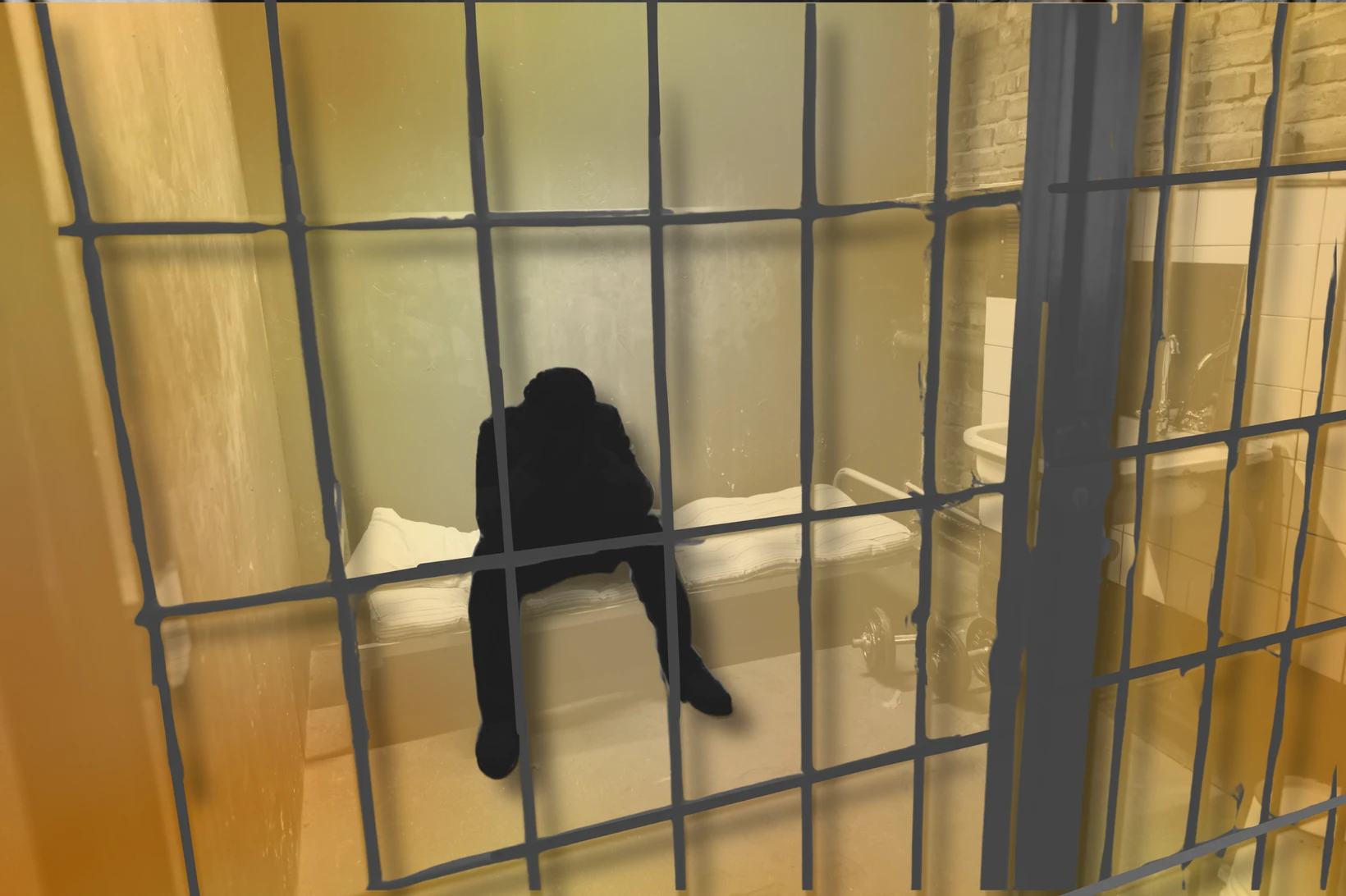

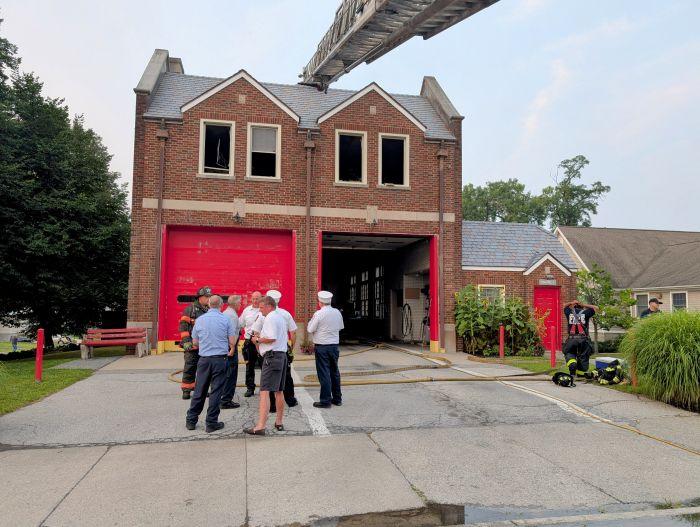
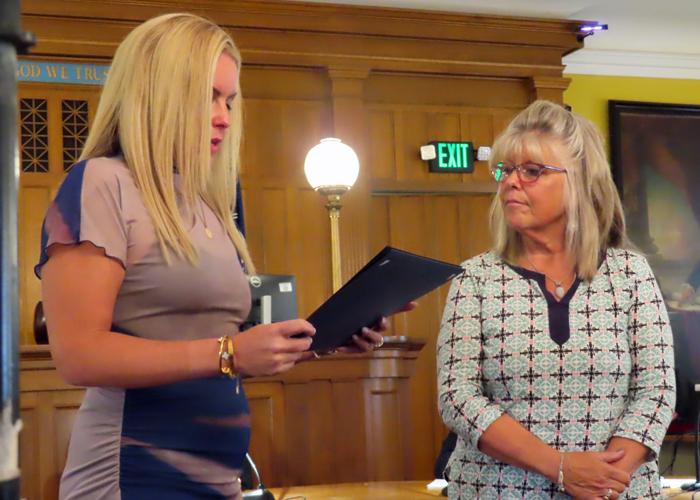


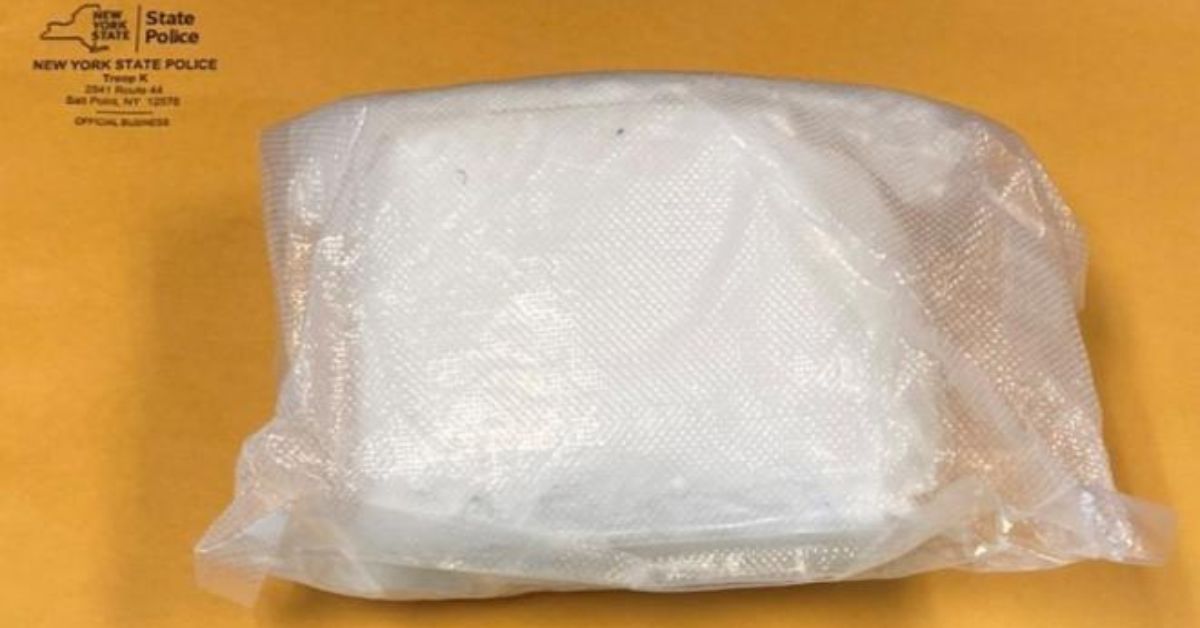
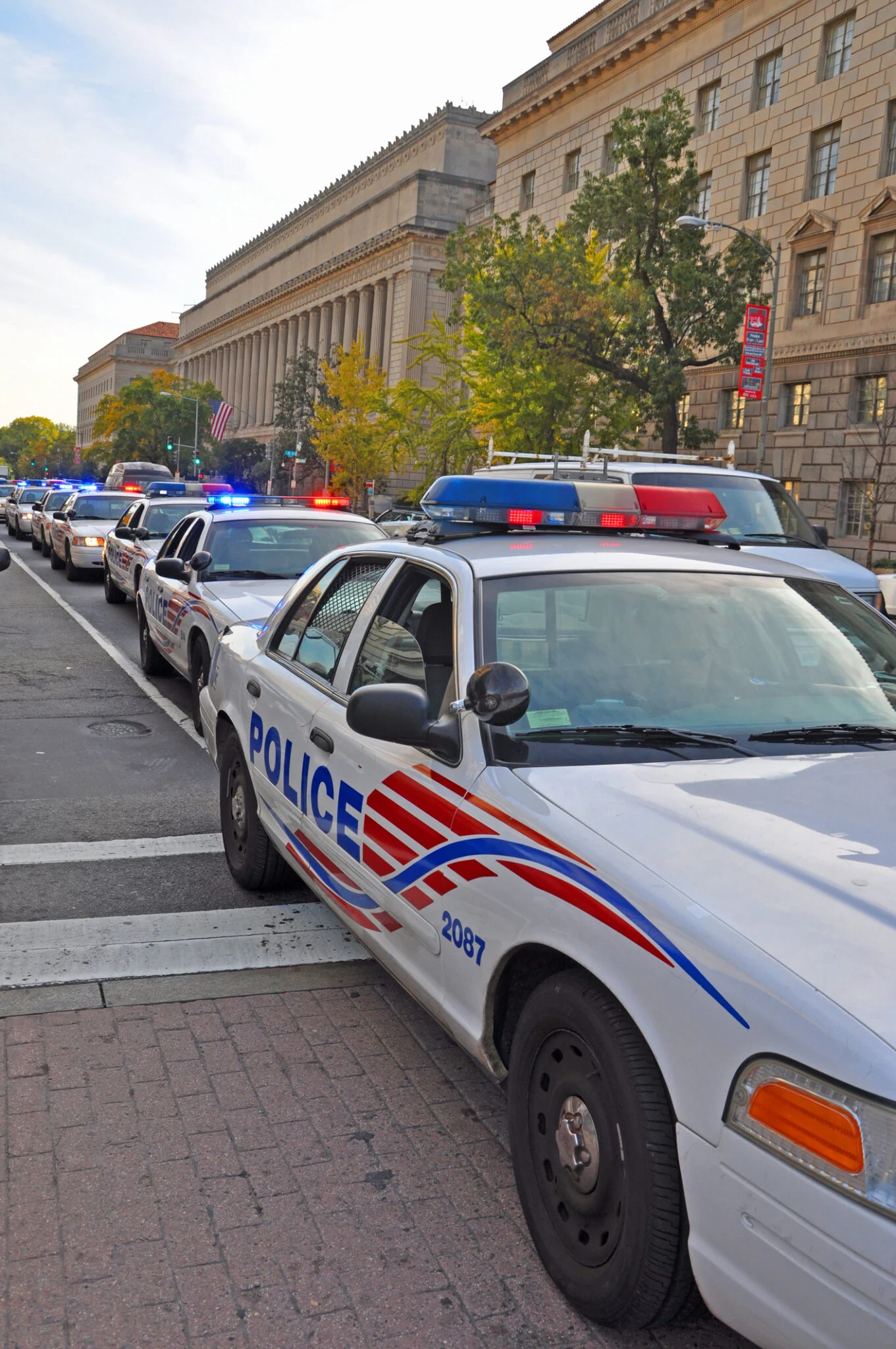
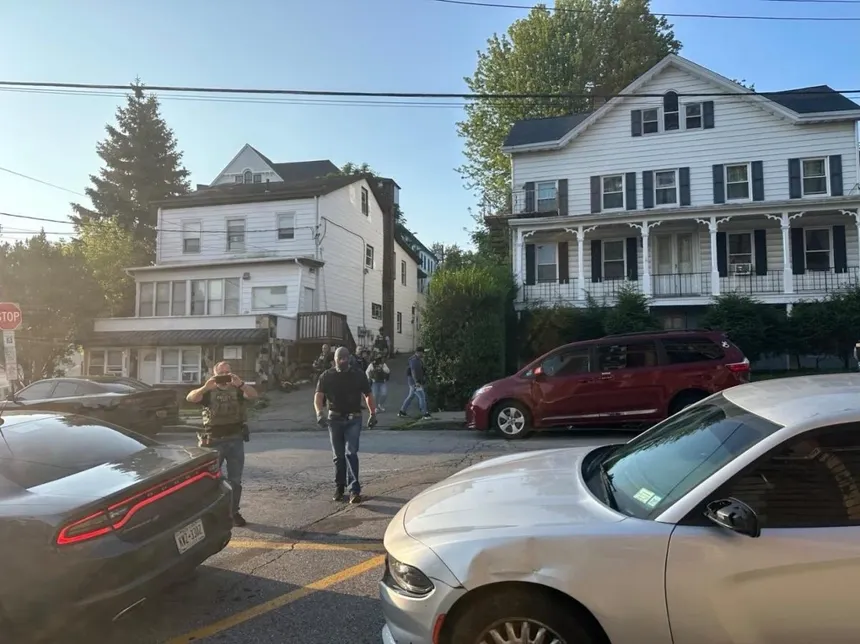
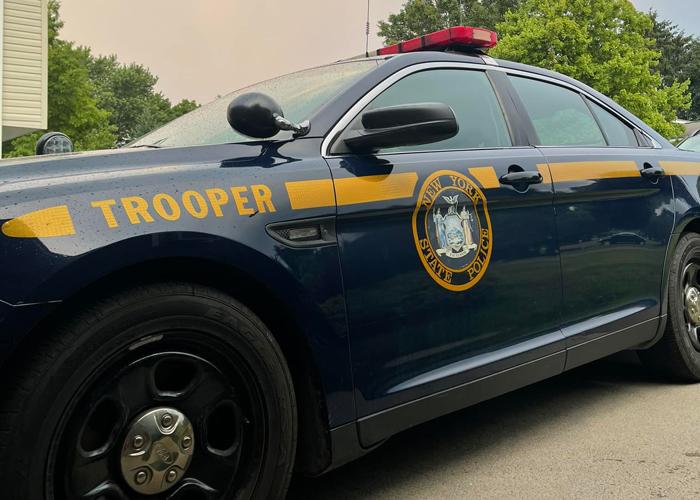





Leave a Reply